Woodworking is a popular creative pastime for people who wish to save money. However, this can prove costly when buying wood. So how much is that unique log worth, anyway?
Look at what raw materials other people use in interior design projects to answer this query. Many different hardwood types come with a hefty price tag when it comes to priceless wood.
What factors make wood expensive?
Lots of factors affect wood price, foremost of which is scarcity. Certain woods on this list are getting scarcer by the day, and their prices are constantly rising. As a result, these expensive woods can be considered rare or even priceless in some cases.
The Global Trees Campaign identified 60,000 tree species, 10% of which are endangered.
Demand has increased prices for African blackwood, Cocobolo, Purpleheart, Walnut, Ebonys, and Mahogany timber. This article will cover the top ten most expensive woods in the world ranging from £6 per board feet to infinity.
Bocote Wood
Bocote (Cordia gerascanthus) is a Central American, Mexican, and West Indian hardwood. It has a medium- or dark brown colour with a beautiful grain pattern that resembles a zebra. Unlike most other wood, it does not ring when struck because it is solid throughout its trunk. Perfect for guitars and high-value cabinets since it withstands humidity changes without warping.
It is easy to work with because it does not splinter or warp when heated, like steam bending. Bocote wood is £27 ($36), often found in pieces of furniture, veneer and pool cues. Its inherent beauty allows it to stand out among its peers.
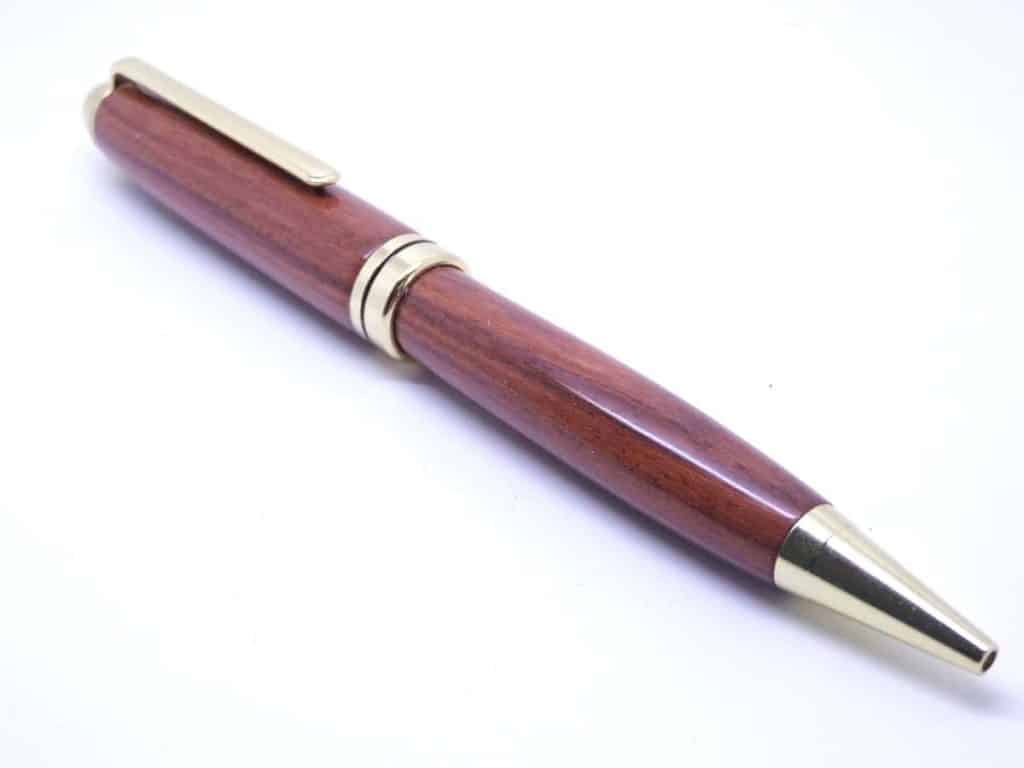
Bubinga
Bubinga wood (Guibourtia) is a Western Africa import sometimes called amazique, ovangkol or Kevazingo. It resembles rosewoods and features stunning figures such as flamed, pommel, or waterfall. It’s warm-toned with a reddish-brown tint (not as crimson as Padauk). The strength-to-weight ratio is an excellent choice for machining operations like turning.
Emanating from Equatorial Guinea, Cameroon, and Gabon. It has been used for hundreds of years for some of the fanciest furniture and flooring options you can buy today. A very dense wood, so it isn’t easy to work with, but it’s also durable. It can withstand extreme heat without being burned up. It is not as overpriced as other types of wood, but still very costly, £14.66 ($19.87).
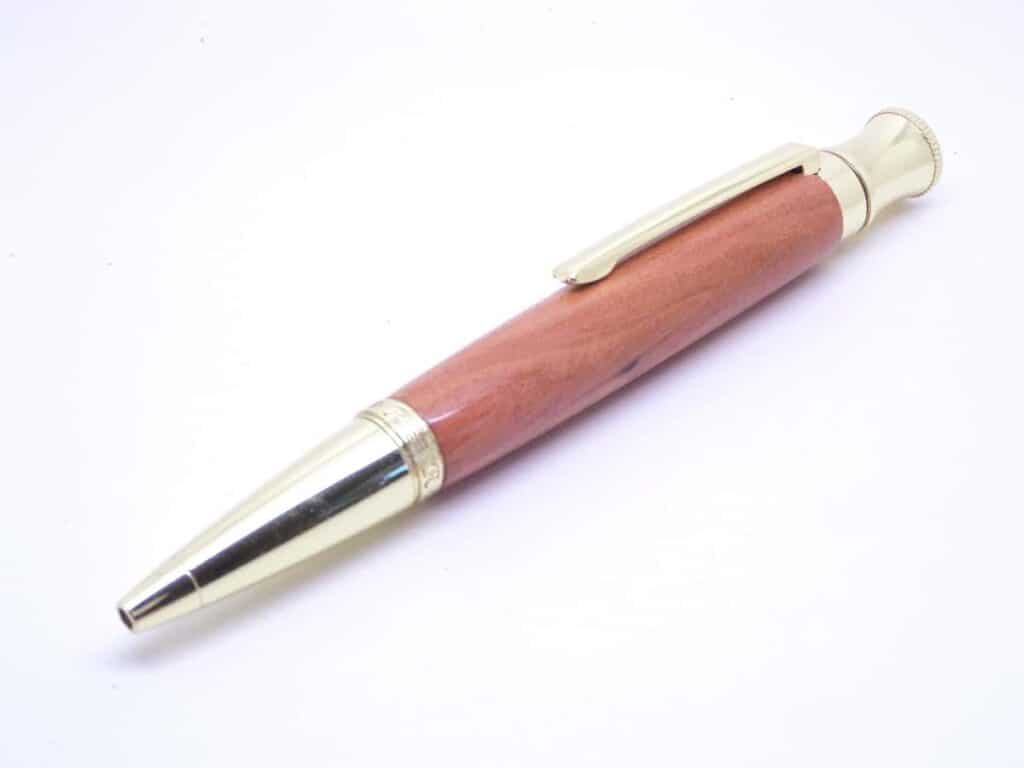
Pink Ivory
Pink Ivory wood (Berchemia zeyheri) £6.17 ($8.37) is one of the best quality woods not listed with CITES. It has an interlocked grain with a pronounced blunting effect on cutting edges. Demanding to process in plank form, but it turns and finishes nicely.
Reports state it is common in some areas of South Africa, though large straight trunks are scarce. The Zulus considered it sacred, reserved only for royalty in its locality of SA.
A rich pink heartwood makes the most valuable wood alluring. The colour ranges from a pale brownish pink to a deep red. Sapwood is pale yellow, but color changes have not been fully understood.
Attractive for carving, veneers, inlay, knife handles, chess pieces and other turned objects.
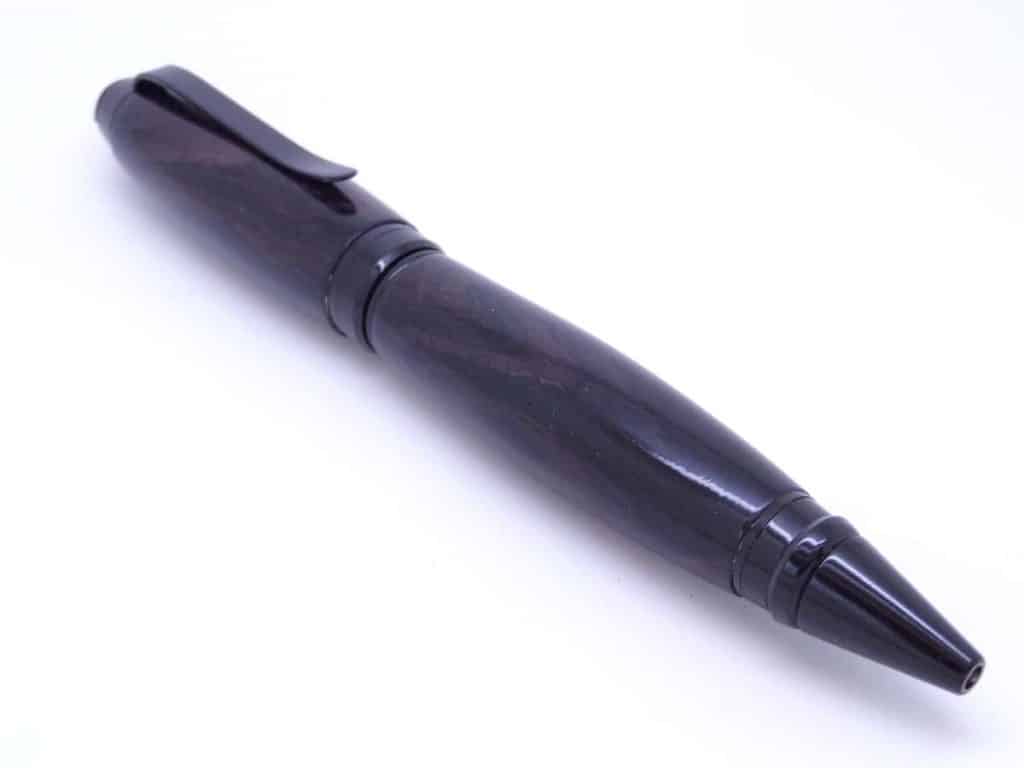
African Black Wood
African Blackwood, mpingo or grenadilla (Dalbergia melanoxylon), is the national tree of Tanzania. Among the most expensive wood in the USA due to its rarity and difficulty obtaining any. A very small, slow-growing expensive tree often twisted and bent, making it demanding to acquire wider boards. Costing £6,657 ($9,030.22) per log or £12.68 ($17.20) per foot, though these unusual woods constantly fluctuate.
A dark, dense hardwood species with great value and rarity sought after for centuries. It’s very strong and durable and can show incredible detail in carvings. With inconspicuous grain patterns, woods are used to make cabinets, furniture, and musical instruments.
Its texture contrasts beautifully against other expensive woods such as walnut, maple, and ash. Ideal for embellishments that need something different from what you see every day!
Sandalwood
Sandalwood (Santalum album) has a lasting scent and is second of the world’s most expensive wood. It has uses for manufacturing perfumes, incense, and fine furniture. Production has decreased while demand increases, so more cherished than ever before. It could be on its way to becoming extinct soon, and the reason why it’s so outrageous today.
The most sought after grows in Asia, Nepal, Sri Lanka, Pakistan, Hawaii, and Australia. Sandalwood can be found in religious rituals by varied religions. Other uses for the expensive wood oil in aromatherapy, perfumery and medical trades. A kilogram or 2.2 pounds costs up to £1,477.98 ($2,004.95).

Snakewood
Snakewood (Brosimum guianense) is rare and limited to northeast South America. The price for this exotic wood can reach £1,843.09 ($2,500) per pound. Commonplace names include Letterwood or Amourette.
They can grow to be 65-80 ft (20-25 m) tall but have trunks as narrow as 6-12 in (15 cm). Most commonly sold either half or full logs, both figured wood and non-figured, with lots of waste. With contrasting light and blacker patches, the unique grain mimics a snakeskin.
A close relative of Bloodwood, it has a pronounced blunting effect on cutters. Brittle and prone to splitting and splintering, this wood is difficult to work.
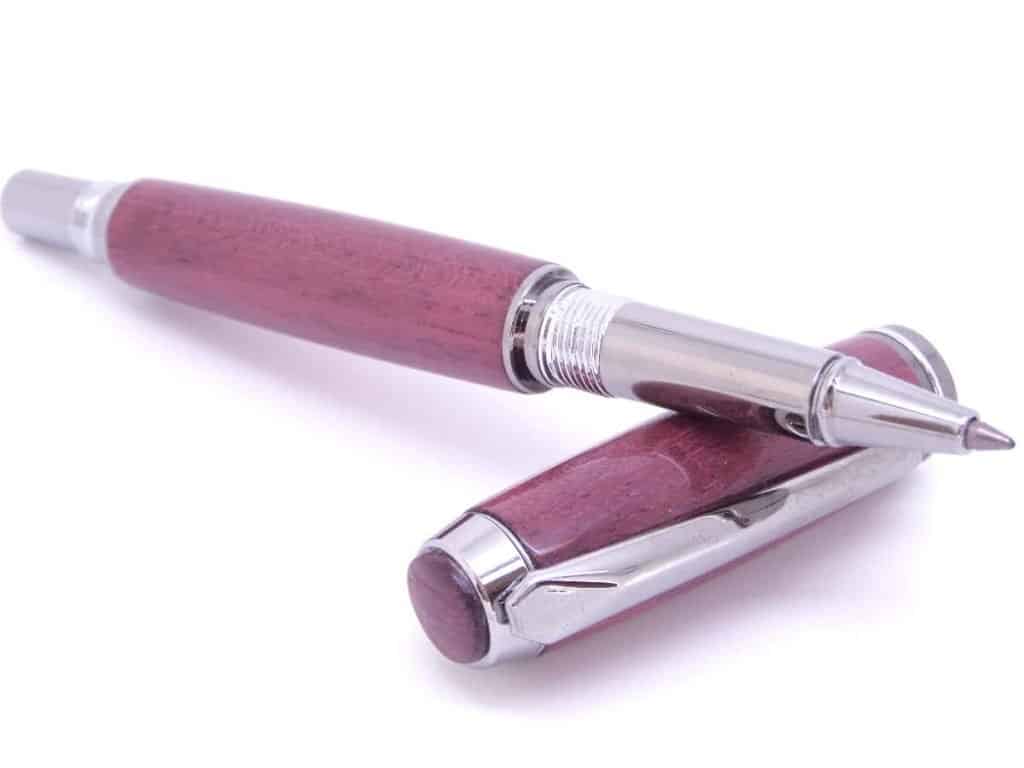
Purpleheart
Scientific name for this is Peltogyne spp from central and South Americas. Purple wood is also known as violet wood or amaranth. Size is 100-170 ft (30-50 m) tall, 3-5 ft (1-1.5 m) diameter, with a Janka hardness of 2,520 lbf (11,190 N) and cost £10.27 ($13.93) per board foot.
Purple heart wood is found in some mandolins and violins. When cut, it has a dull grey or brown colour, turning a rich shade later when exposed to UV light or sunlight. This process gives dried wood an eggplant hue, special due to its workability issues. There are many plants in the species group, with not all holding the vibrant colouring.
This beautiful wood is used for boat decks, cabinetwork, and water-resistant heavy construction. It can get expensive, between $11 and $40 per piece, depending on size of processed timber. Very demanding and unforgiving with dull tools, with tear out a regular occurrence.
Ebony
Ebony wood in genus Diospyros is an expensive type of wood that is hard and fine-grained. It has an extremely high density and strength for its weight. An Ebony tree can grow up to 60 feet tall in tropical Southeast Asia, including North India and Ceylon.
Valued for its durability, skilled craftspeople can polish it to a gloss finish. It is typically found in cello fingerboards, violin chinrests, and bow frogs because it produces a great sound. It can be tough to obtain because of protected status.
A heavy wood that is easy to salvage from old piano keys. It carves well with a smooth texture and allows detail for intricate carving designs. You can mimic the rich noir with cherry and staining for jewellery boxes or accent details.
It is even more highly priced than some precious metals! Pricey it can cost £73.40 ($99.59) or £7,337.45 ($9,954.06) per kilogram.
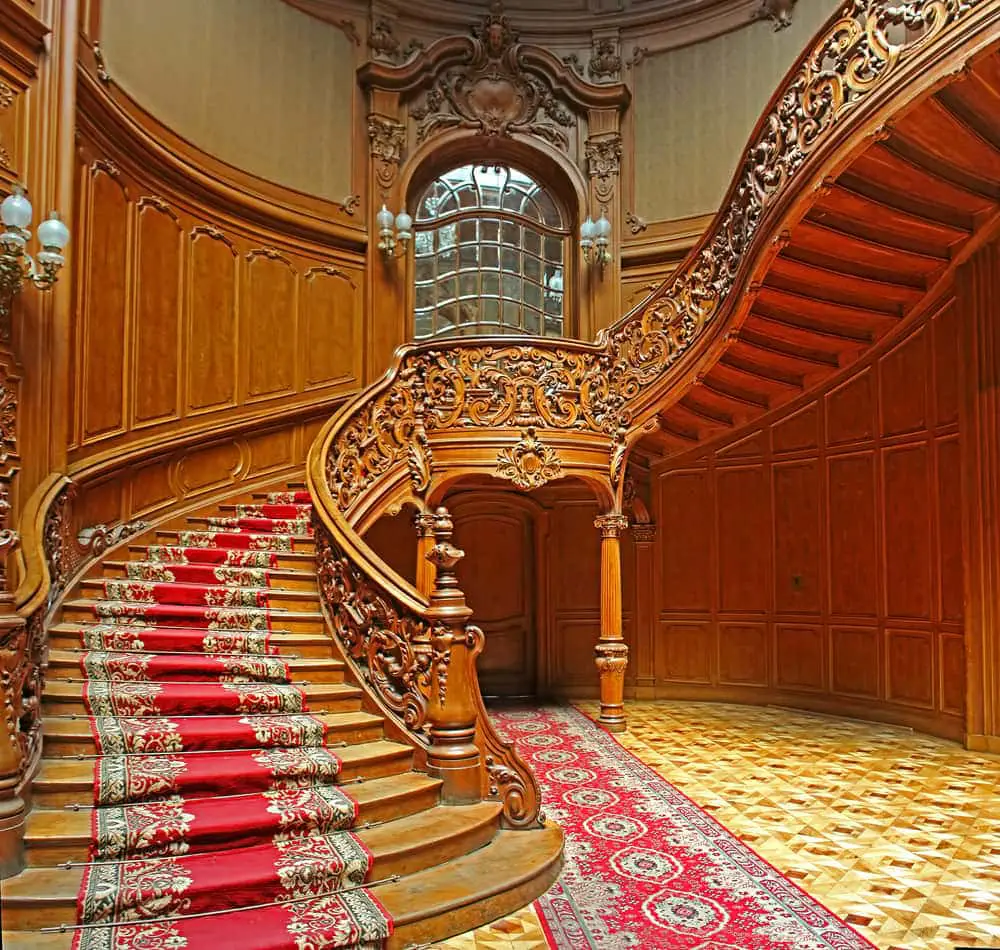
What Is The Most Expensive Wood In The World?
The highest grade agarwood, £73,729.50 ($100,000), is the world’s most expensive wood. Age, cultural deposition, and section can affect quality. Agar wood was an essential oil as early as 1400 BCE in the Vedas of India. You can find the word in the Hebrew Bible for producing incense and perfume.
Aquilaria malaccensis, is a plant protected in Appendix II since 1995. Also known as aloeswood, eaglewood or gharuwood. Some countries have reservations about its listing because of environmental concerns.
Heartwood of an infected aquilaria tree is characterized by resin-embedded aromatic wood. It only darkens when a fungus infects. Mould forms in the heartwood as it progresses to cause an attack. This process takes three months to 5 years, depending on heat and air current exposure.
Oriental-woody notes distinguish the natural oils while burning incense. It has sweet-balsamic notes with vanilla and musk. So the costliest wood in the world is worth more than its weight in gold.
What Is The Rarest Wood?
Lignum Vitae (Guaiacum officinale) is one of the rarest woods on earth. It occurs throughout Southern and Central America, but logging threatens it. The Bahamas’ national tree is on the CITES Appendix; thus, commerce is restricted.
Unusually durable, weighty, and extremely rare wood selling at £24.42 ($33.12) a board foot but can be salvaged from old bowling balls. The hardest commercially available only Australian Buloak is harder but unsuitable for commerce.
Growing to be 20 ft (6 m) tall with a 1-2 ft (.3-.6 m) diameter. Thanks to its hardness, it is ideal for carving and making useful artworks. So oily, it was utilised for bearings on propeller shafts and will polish to a lustrous finish.
Care needed when glueing lignum vitae wood for a good joint. Also, green, aside from pens, it has unique properties for intarsia and other crafts.
What Is the Most Expensive Furniture Wood?
Among the most expensive wood types for furniture is Brazilian Rosewood (Dalbergia Nigra). Other names include jacarandá-do-brasil and pianowood.
Dalbergia wood has been included in Appendix I of CITES since June 11, 1992. According to the IUCN Red List, it has been assessed as vulnerable. Habitat loss is a danger owing to illicit harvesting, agriculture, and mining. In the Dalbergia genus, shrubs are represented, as well.
Color variations in a wide range from carmine to colourful browns. It is a hard wood with yellow streaks in some cases but can have a darker heartwood when it ages. Prized for the landscape grain (spider webbing), so more valuable than other rosewoods.
Luthiers use it as the back (rib) on lutes or various parts of stringed instruments like a guitar or violins. It’s used in musical instruments because it sustains a tone when tapped on a cut piece of wood.
In 18th-century cabinetry and tables it was widespread. Brazilian rosewood was first utilised for this purpose during the Regency period of the late 18th and early 19th centuries.
Greatly prized but incredibly difficult to source from reputable dealers at £12.70 ($17.23) a board foot. Regulated trade, with most sales being pre-existing lumber or reclaimed.





Simple site, I like it, the explanations are small and clear. The site used good examples and original names like “Mpingo” for African black wood 🪵. It’s worth visiting here again for more information 😀